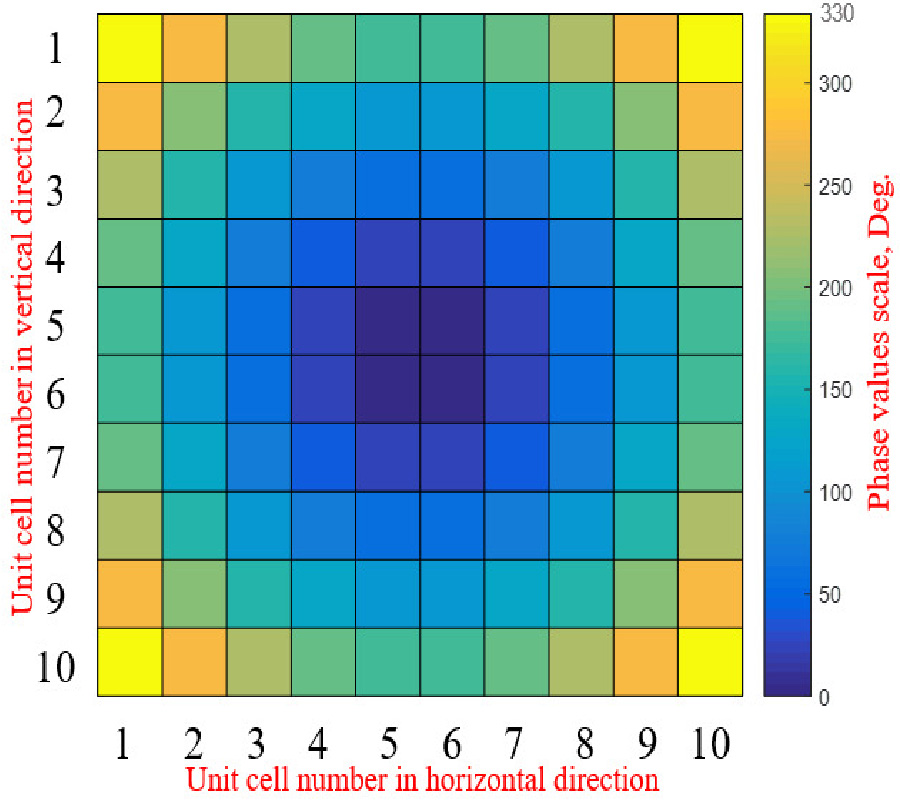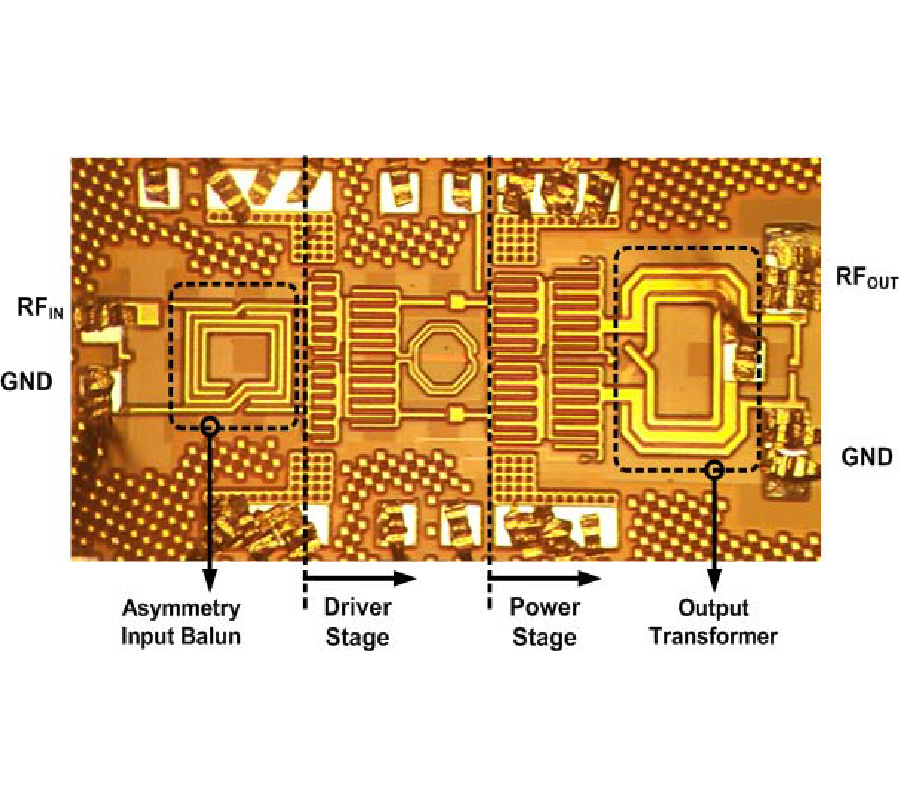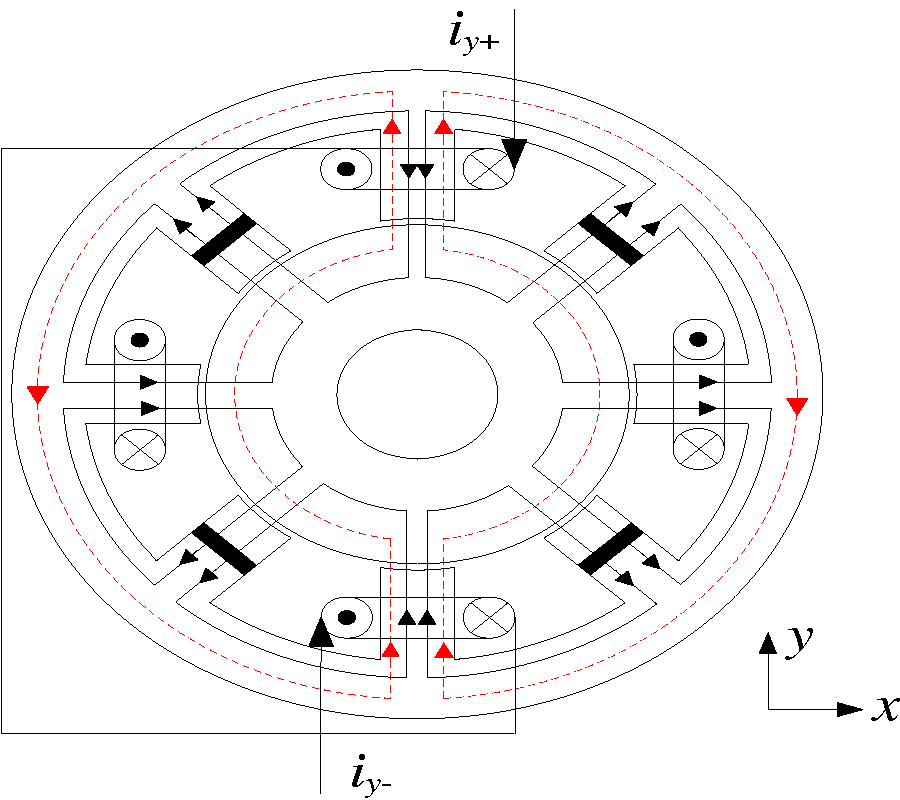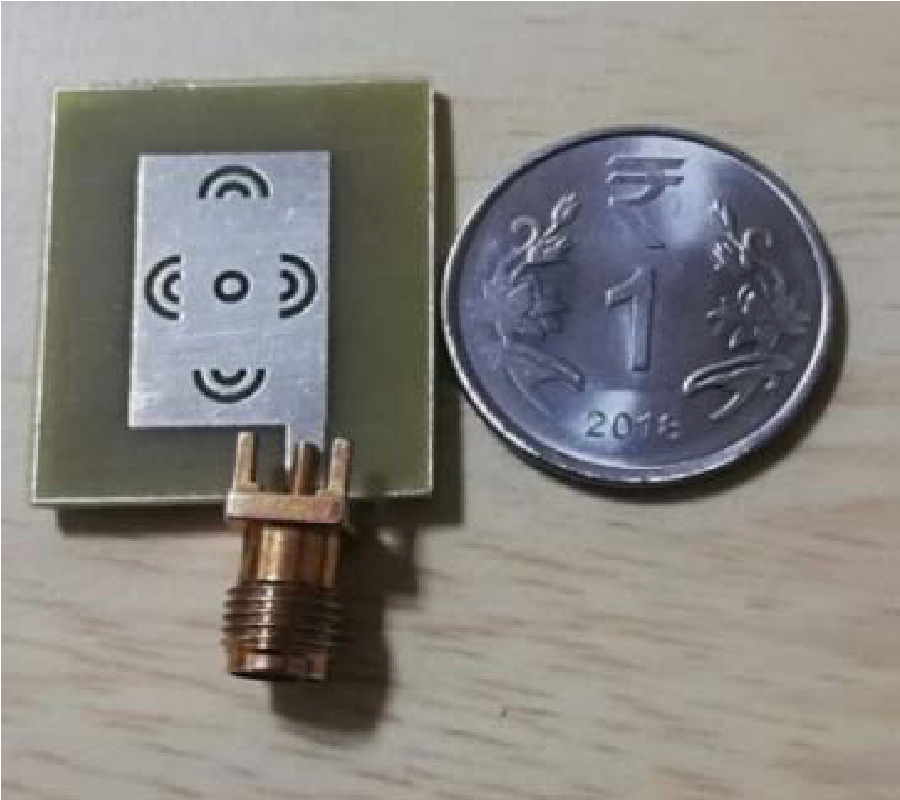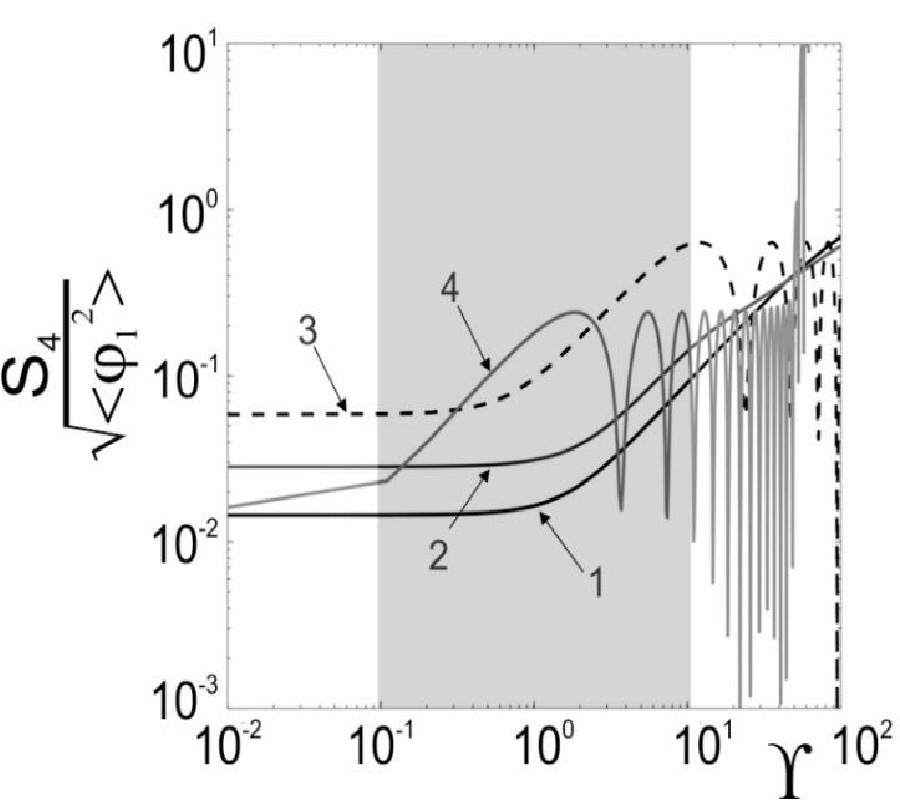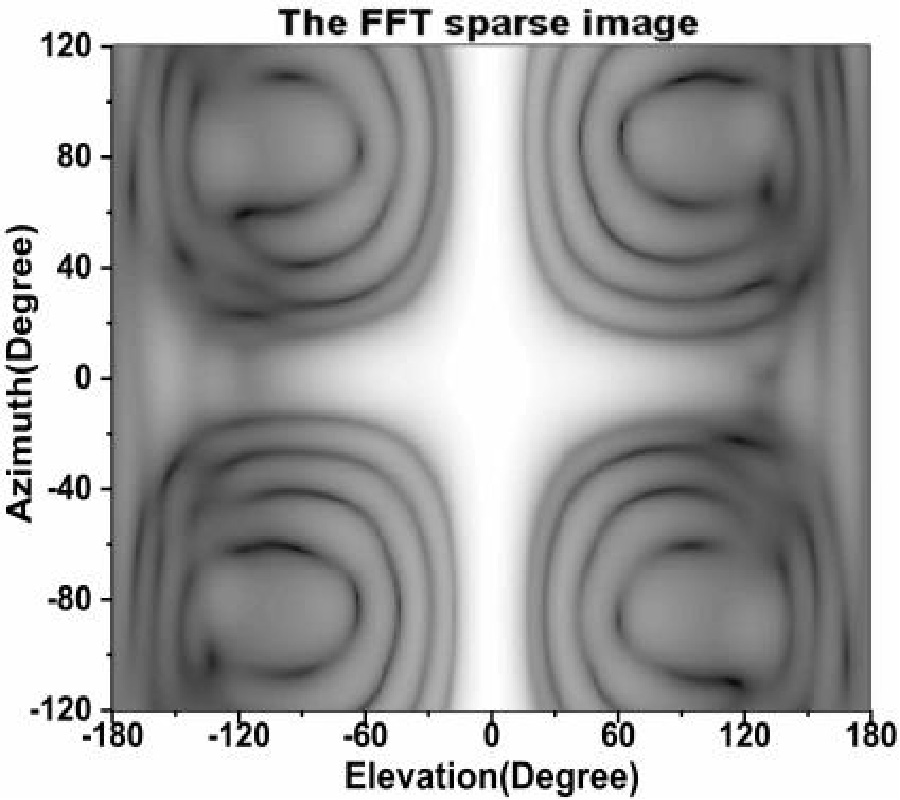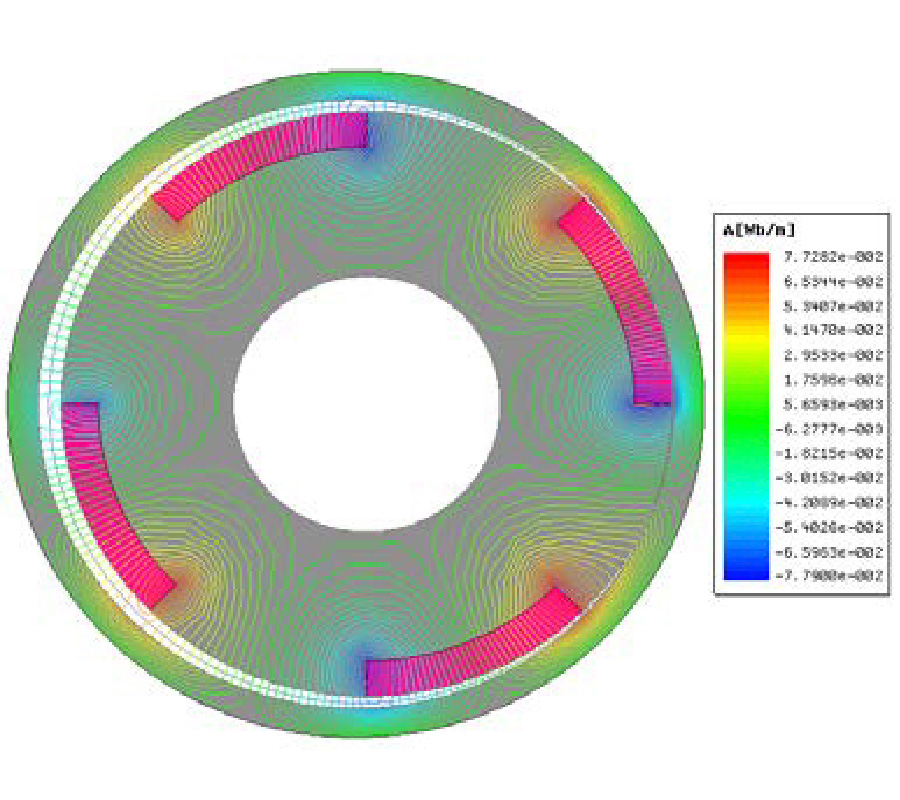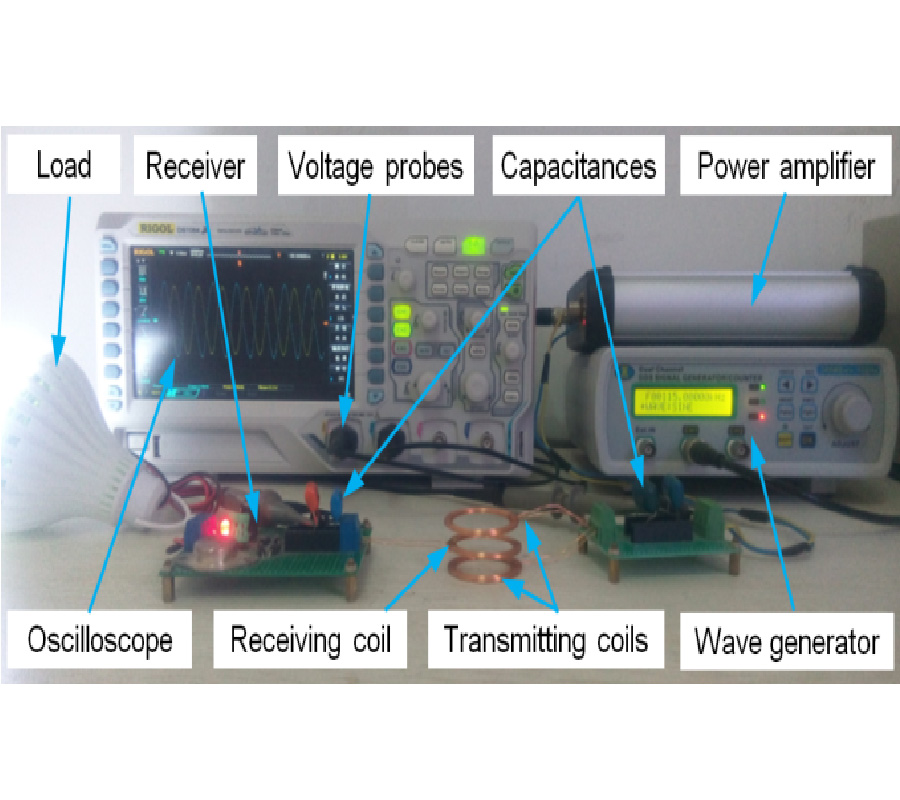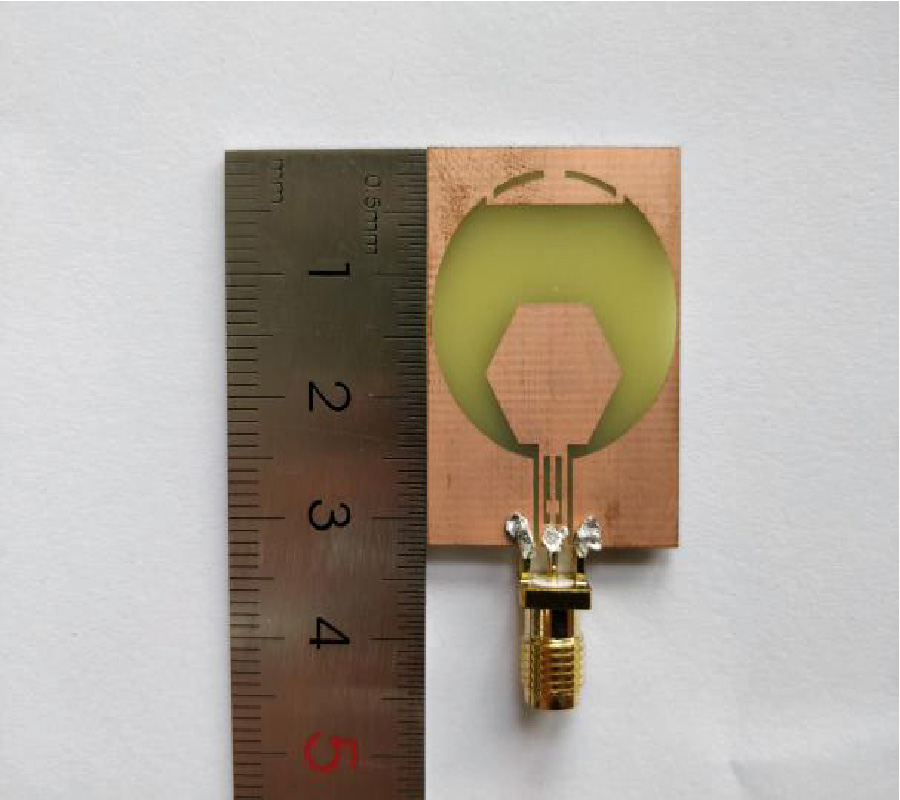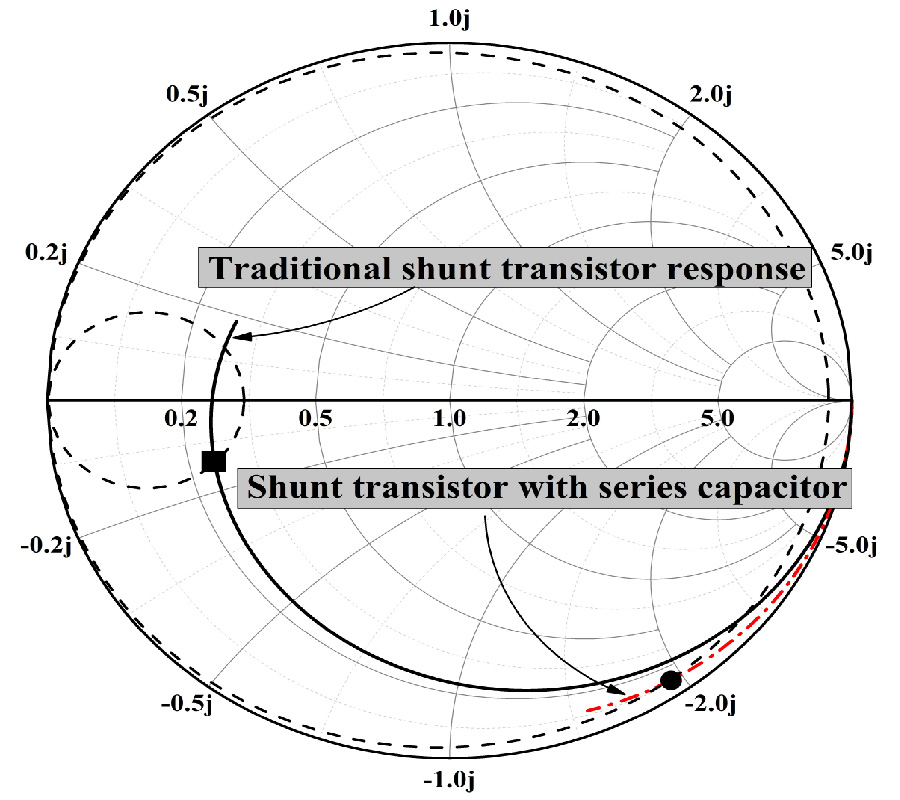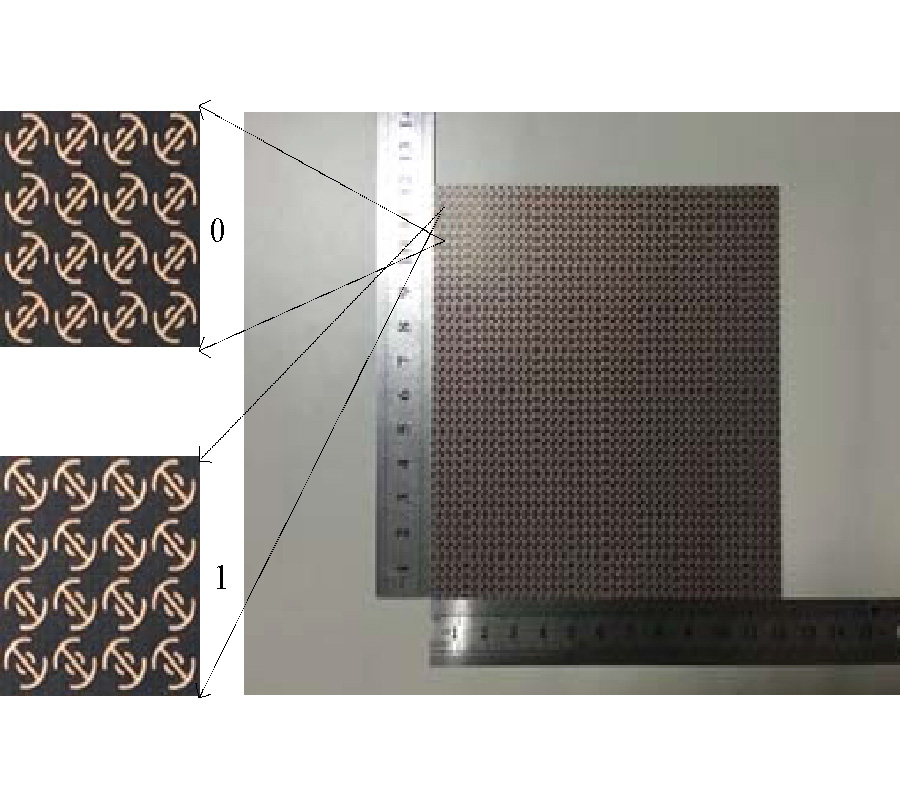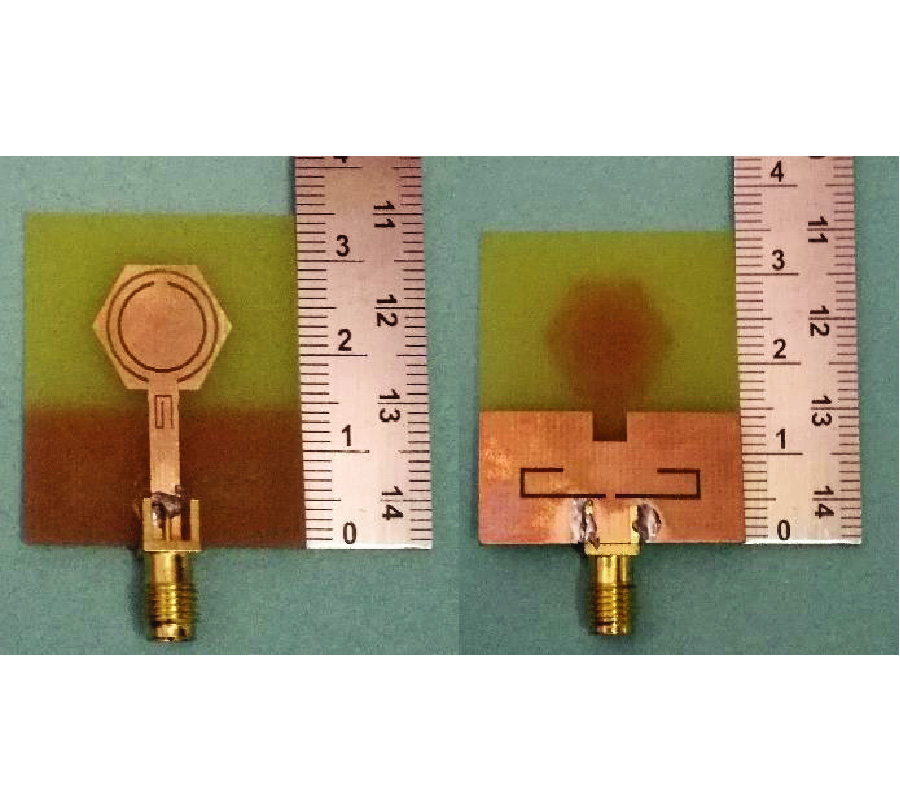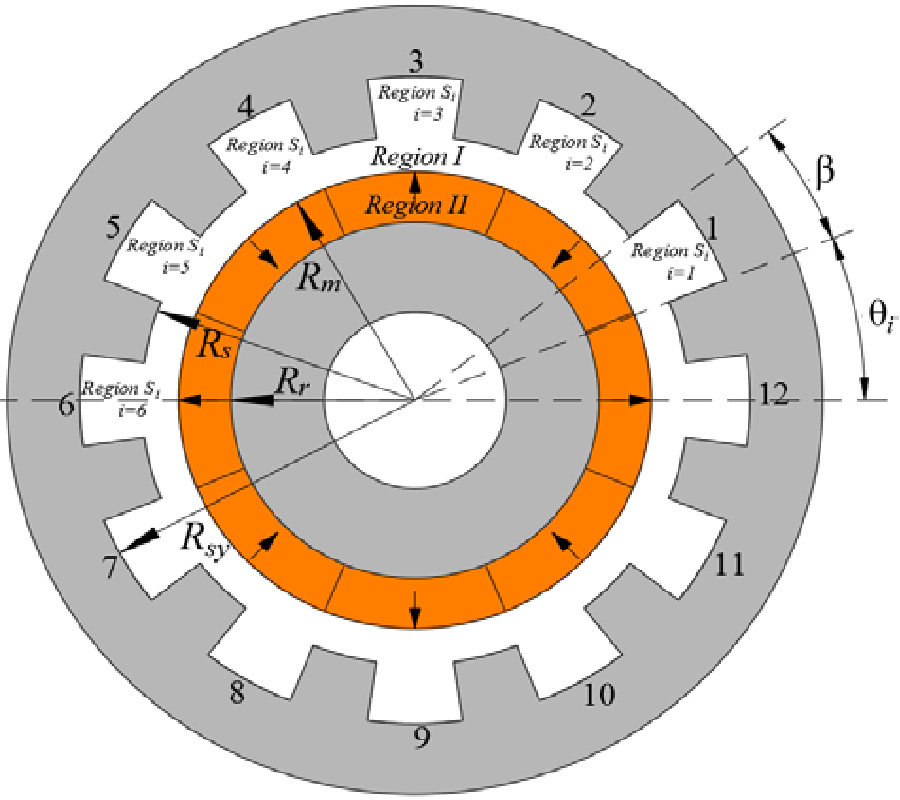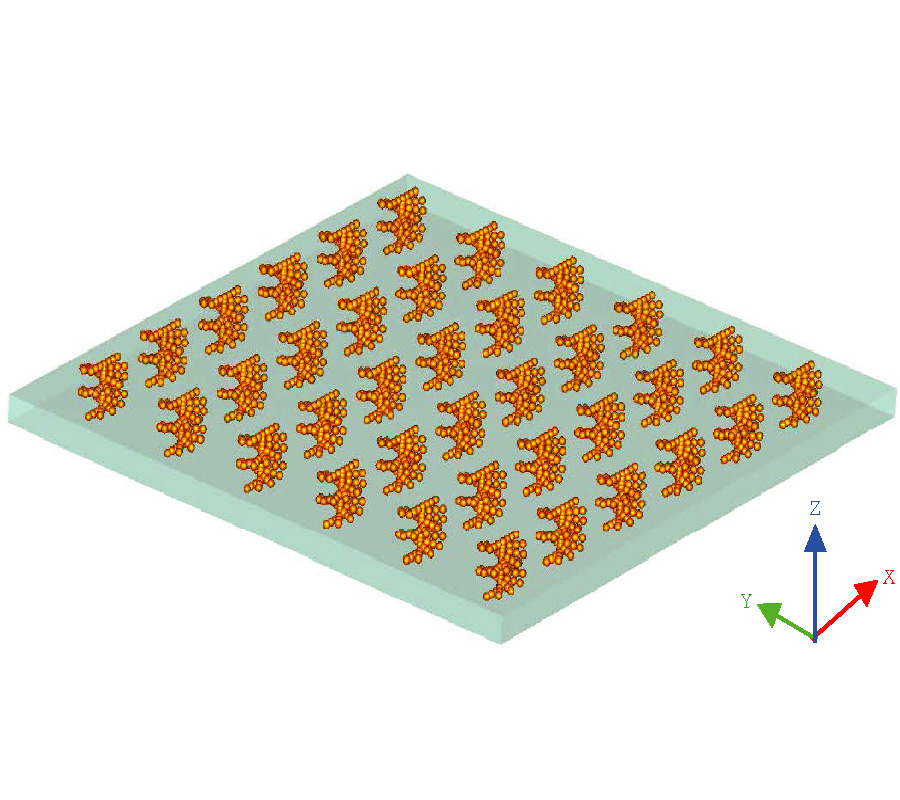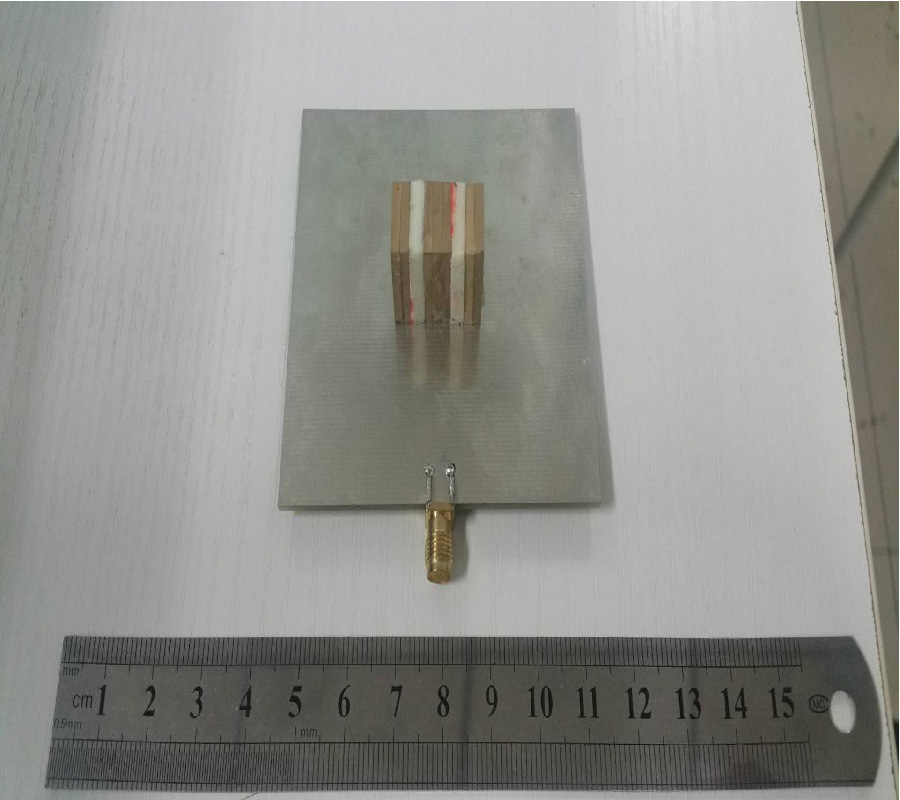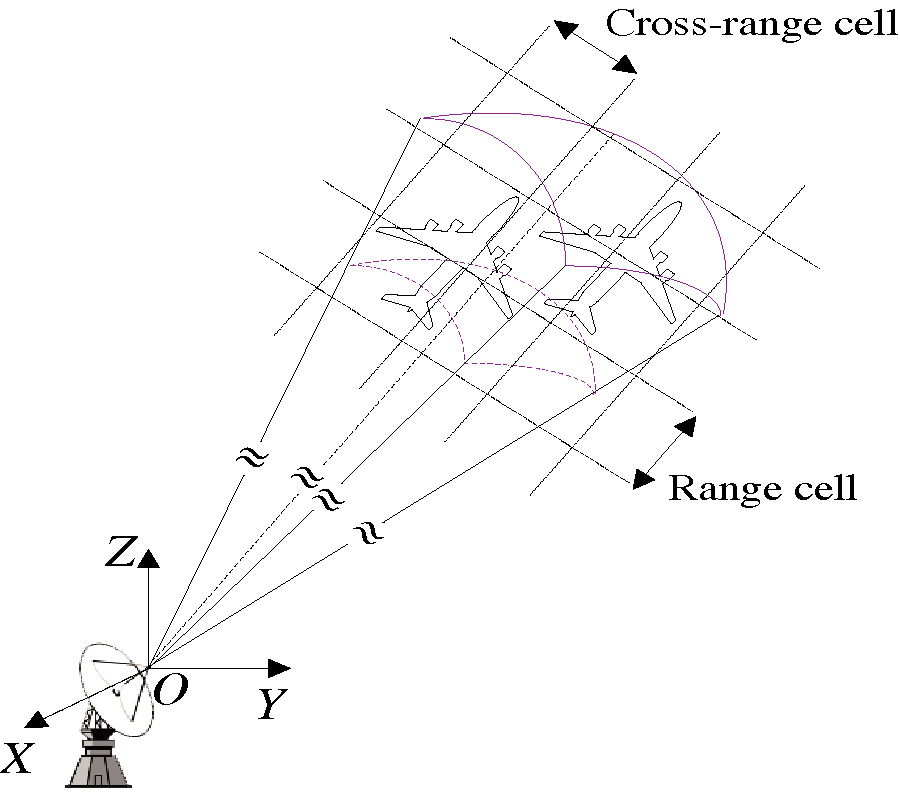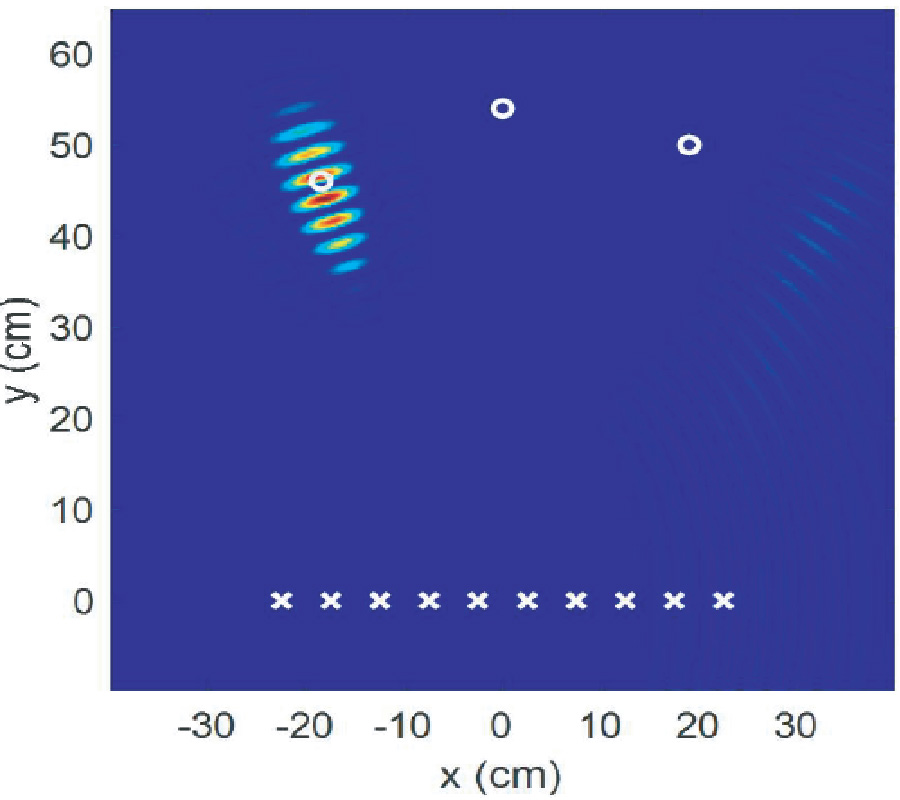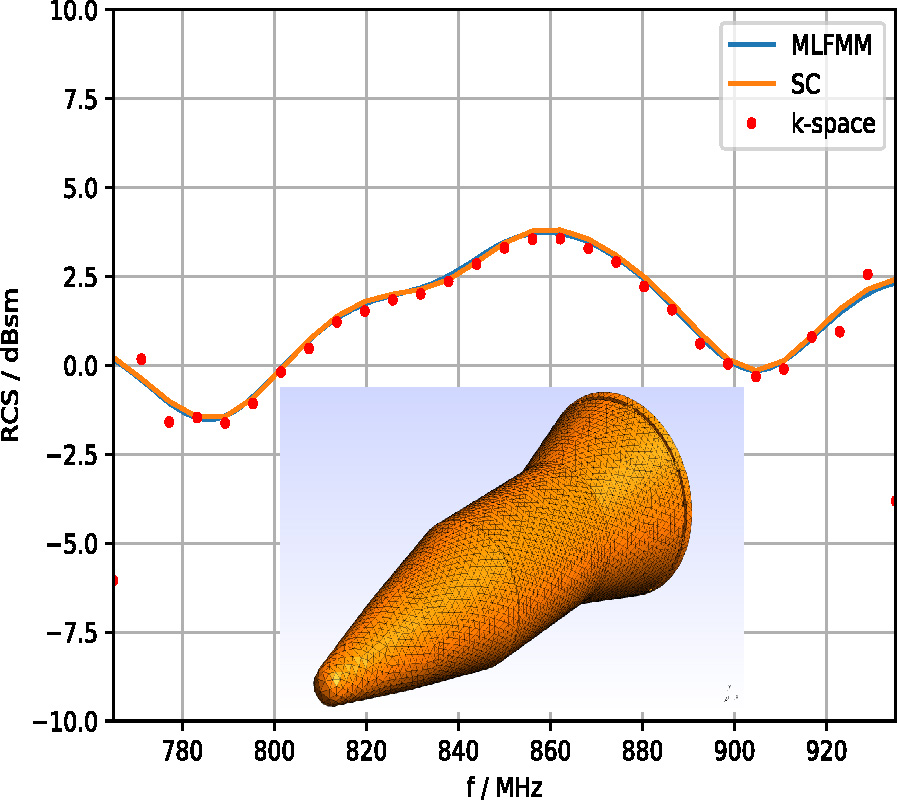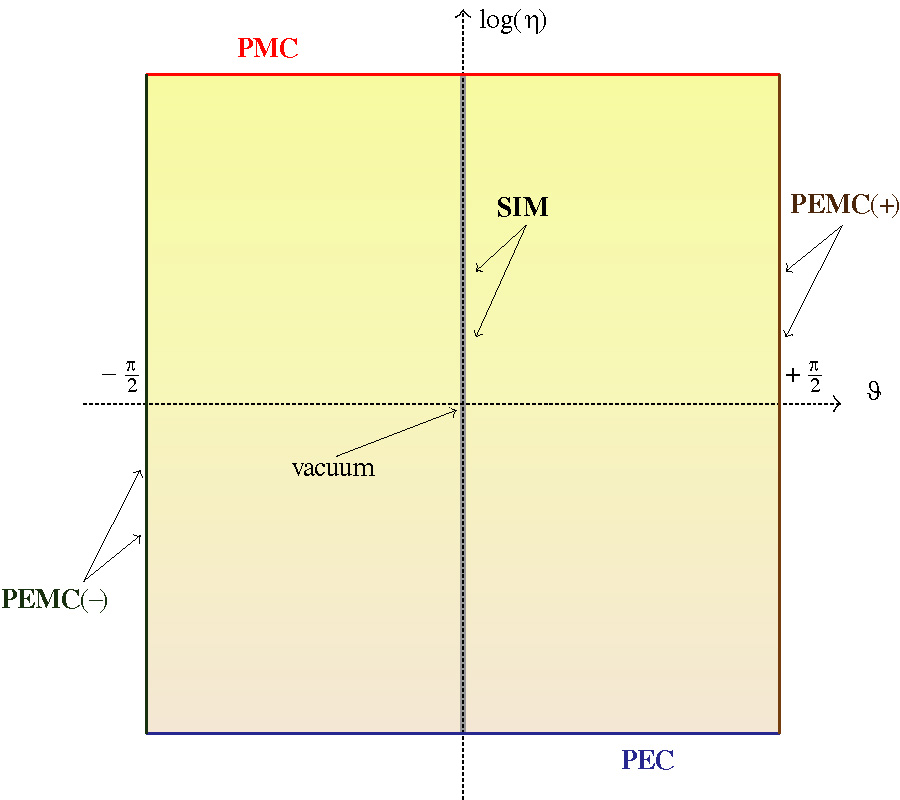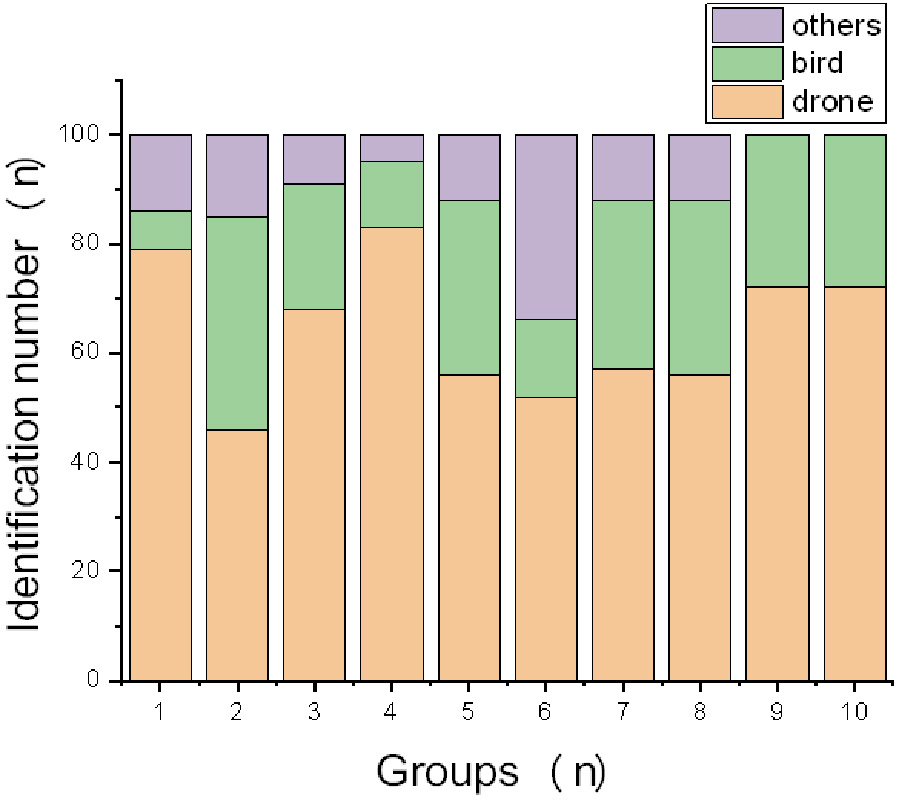A Novel Method for ISAR Imaging of Multiple Maneuvering Targets
Jia Zhao,
Yunqi Zhang,
Xin Wang,
Sheng Wang and
Feng Shang
For inverse synthetic aperture radar (ISAR) imaging of multiple targets, range profiles of different targets are sometimes coupled together, resulting in the ineffectiveness of traditional imaging method, while the couplings in range domain may behave differently in time-frequency domain, and the Doppler histories of different targets are potentially separable. Then the time-frequency analysis method can be utilized for signal separation of multiple targets. Notice that the nonuniform motions of targets may make the time-frequency curves changeful, and accordingly, some preprocessing are needed. In this paper, a novel ISAR imaging method based on modified keystone transform (MKT), short-time Fourier transform (STFT), and Hough transform (HT) is proposed. The radar echoes of multiple targets are approximated to a second-order polynomial. The MKT is firstly utilized to correct the range curvatures. Secondly, the signal in each range cell is transformed into time-frequency domain through the STFT. Meanwhile, HT theory and mask matrix are adopted in time-frequency curves' separation of different targets. Thirdly, after inverse STFT, the separated time-frequency curves are respectively back to the range domain, and the range profiles of different targets are successfully separated. Eventually, with further motion compensation and precise imaging, focused ISAR images of different targets are achieved. Simulation results demonstrate the validity of the proposed method.
